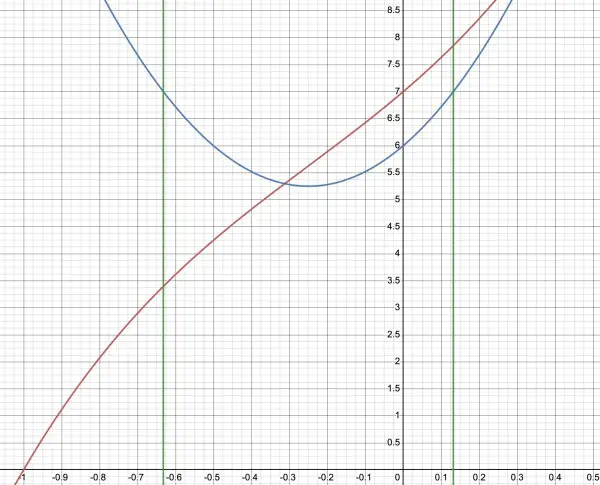f(x)=4x3+3x2+6x+7, f'(x)=6(2x2+x+1).
Let y=f'(x), then x=f'-1(y), so if y=a, x=f'-1(a), a=f'(x)=6(2x2+x+1),
2x2+x+1=⅙a,
x2+½x=a/12-½,
x2+½x+1/16=a/12-8/16+1/16=a/12-7/16,
(x+¼)2=(1/16)(4a/3-7),
x=±¼√(4a/3-7)-¼.
When a=7, x=±¼√(28/3-7)-¼,
x=±¼√(7/3)-¼.
Therefore, since x=f'-1(a), f'-1(a)=±¼√(7/3)-¼=(-3±√21)/12.
f'-1(a)=(-3±√21)/12 (0.1319 or -0.6319 approx).
The graph in red represents part of f(x), while f'(x) is shown in blue.
The green verticals represent the two solutions for f'-1(a) when a=7.

NOTE
If f-1(a) had been required, let y=f(x), so x=f-1(a) when y=a=7, then:
a=f(x)=4x3+3x2+6x+7,
4x3+3x2+6x+7-a=0, 4x3+3x2+6x=0 when a=7, x(4x2+3x+6)=0⇒x=0 because the quadratic has only complex solutions.
Therefore x=f-1(a)=0 (one real solution).
